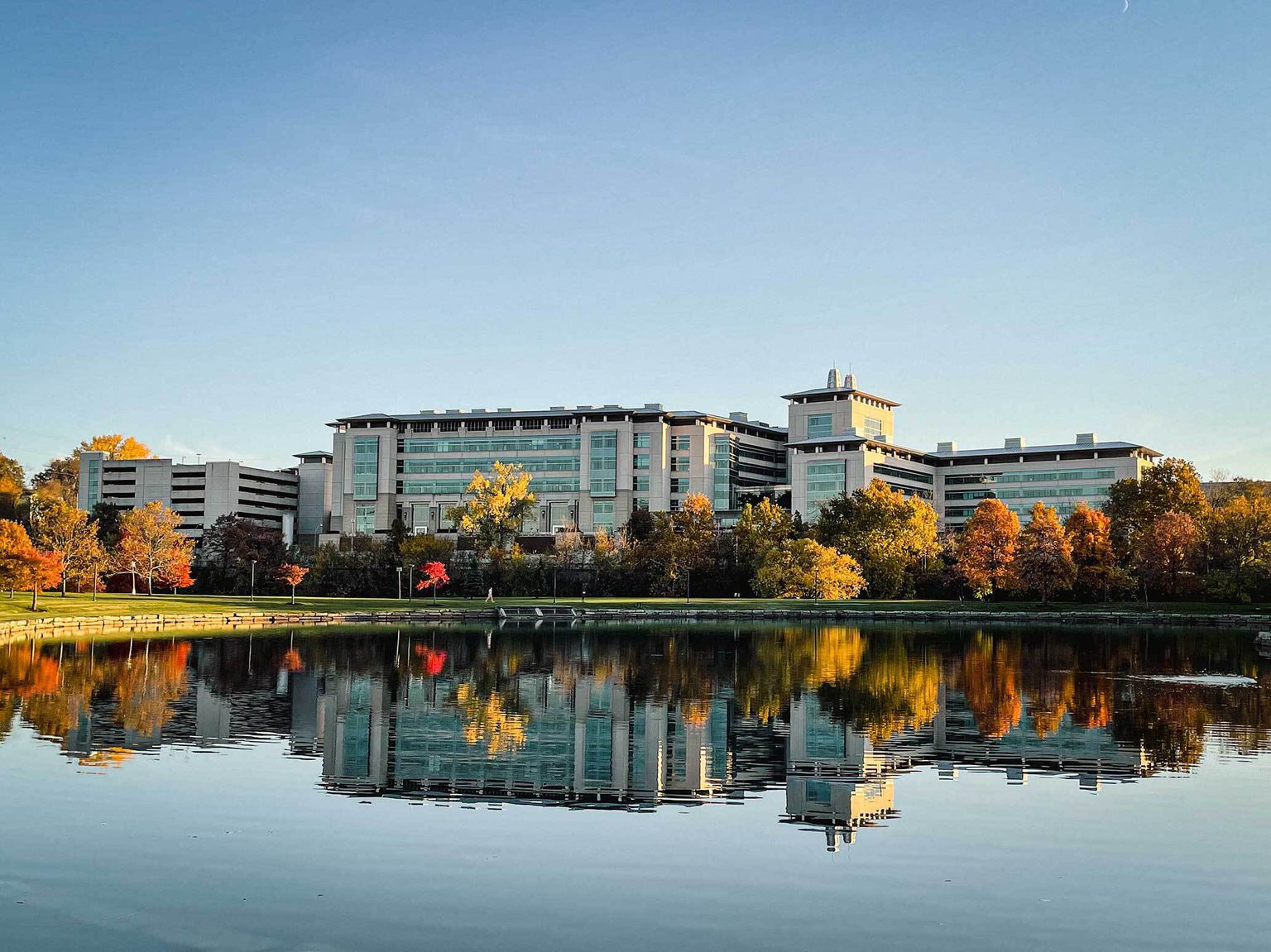News

18 December 2025
Plants, proteins, and new possibilities for antibiotics and agriculture
Stowers scientist discovers insights into how plants “talk” to bacteria in soil, possibly informing future antimicrobial therapies
Read Article
News
Animals come in all shapes and sizes, as do their tissues and organs.
KANSAS CITY, MO—Animals come in all shapes and sizes, as do their tissues and organs. Studying tiny flatworms has helped researchers at the Stowers Institute for Medical Research uncover some of the biological mechanisms that underlie the size, patterning, and function of tissues and organisms.
In the video below, Blair Benham-Pyle, PhD, and Christopher Arnold, PhD, give an overview of their recent study on planarian flatworms, which have a remarkable capacity to regenerate themselves from a small piece of tissue. The Stowers scientists explain how their research, published in the scientific journal Nature, has revealed some of the details of how this feat is accomplished.
This work was performed in the laboratory of Alejandro Sánchez Alvarado, PhD, who is the Scientific Director of the Stowers Institute and a Howard Hughes Medical Institute Investigator. Integral to the study was a collaboration with Jeffrey J. Lange, PhD, and Christopher J. Wood, PhD, of the Stowers Microscopy Center.
Related Content:
What makes flatworms go to pieces
Nature News & Views, a research summary for non-specialists
Wnt and TGFβ coordinate growth and patterning to regulate size-dependent behaviour
Nature Letter, the research article describing the study
Sánchez Alvarado Lab
Lab website with more information about developmental and regenerative research and educational resources
News

18 December 2025
Stowers scientist discovers insights into how plants “talk” to bacteria in soil, possibly informing future antimicrobial therapies
Read Article
News

17 December 2025
Explore 15 highlights from 2025 at the Stowers Institute: New scientists, impactful discoveries, and a milestone moment.
Read Article
News
08 December 2025
Craig Venter, Ph.D., founder of the J. Craig Venter Institute, joined Alejandro Sánchez Alvarado, Ph.D., for an evening of reflection and conversation surrounding his scientific journey.
Read Article
